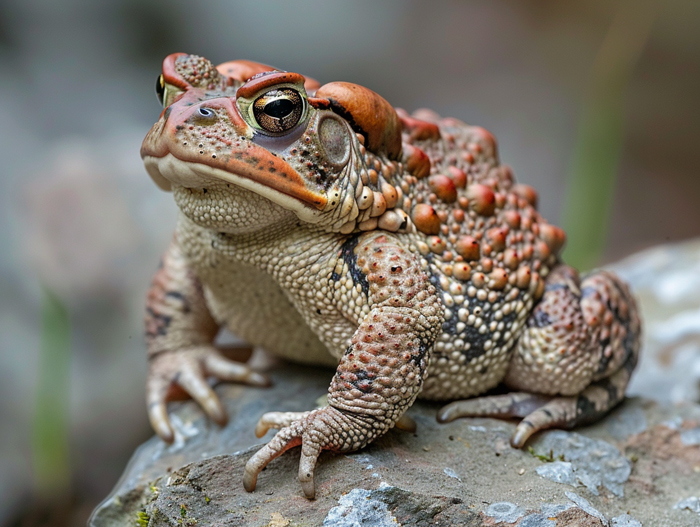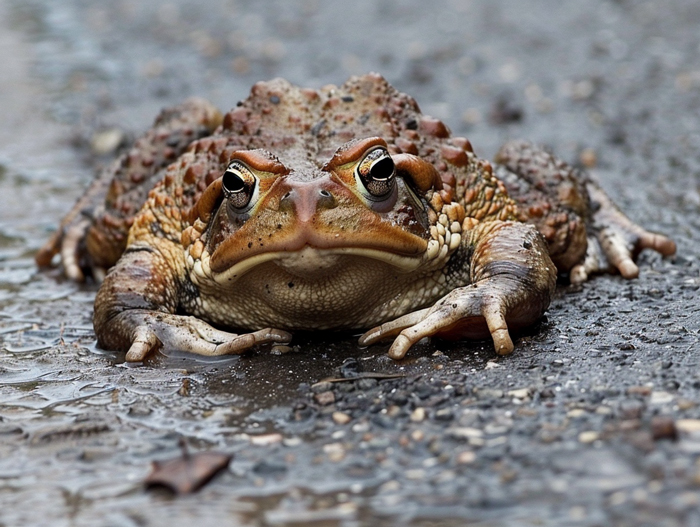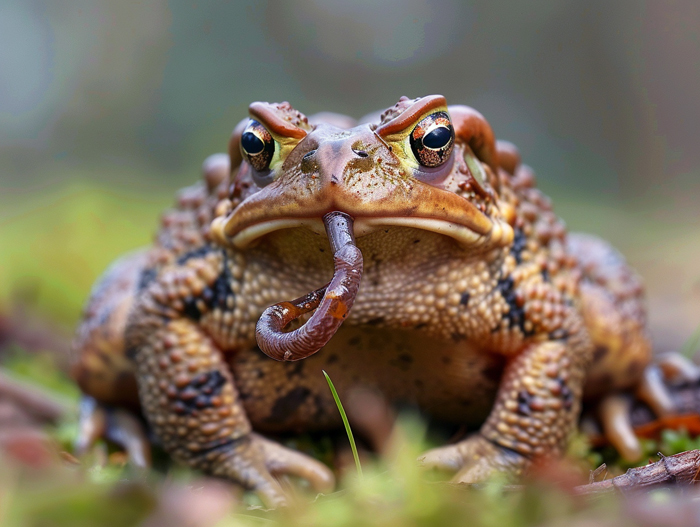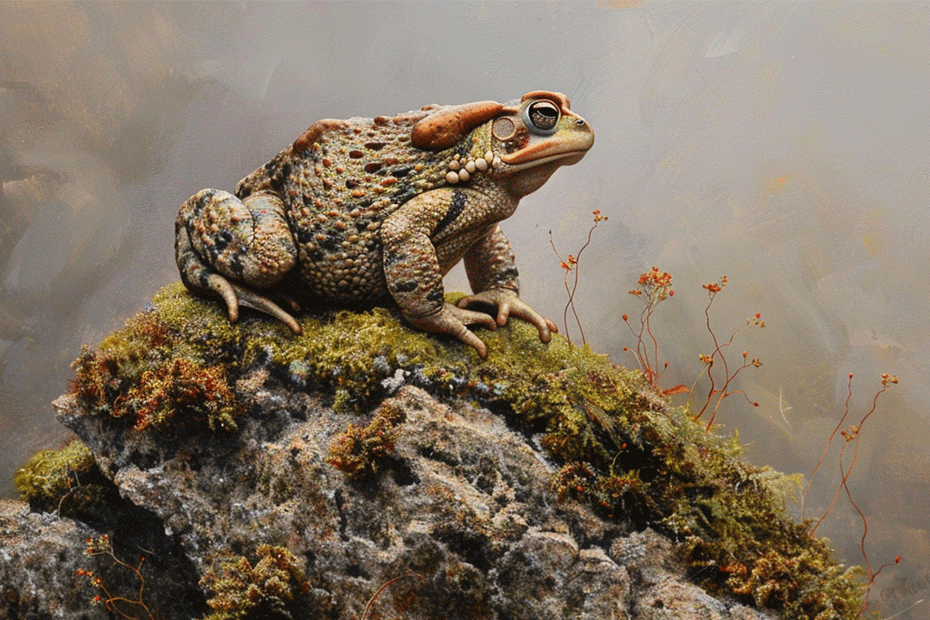Have you ever wondered how long toads can go without eating? These fascinating creatures have some impressive survival skills when it comes to food deprivation. In this text, we’ll investigate into the world of toads and explore just how long they can go without a meal.
Toads are known for their ability to adapt to various environmental conditions, including periods of food scarcity. Their unique physiology allows them to store energy efficiently, enabling them to survive for extended periods without eating. Understanding the factors that influence a toad’s ability to go without food can provide valuable insights into their resilience and survival strategies.
Join us as we uncover the secrets behind a toad’s remarkable ability to endure hunger and discover the fascinating ways in which these resilient amphibians have evolved to thrive in challenging environments.
Key Takeaways
- Toads can survive for extended periods without eating due to their efficient energy storage and adaptation to food scarcity.
- Factors such as age, health, body condition, and environmental conditions influence a toad’s ability to go without eating.
- Signs of starvation in toads include weight loss, weakness, lethargy, and decreased activity levels.
- Offering alternative food sources like mealworms, earthworms, and crickets, as well as maintaining hydration, can help stimulate a toad’s appetite in emergencies.
Factors That Affect Toad’s Ability to Go Without Eating

To understand how long toads can go without eating, certain factors play a crucial role in determining their endurance in the face of food deprivation. Let’s investigate into these influencing factors:
Age of the Toad
- Younger toads generally have higher metabolic rates requiring more frequent feeding.
- Adult toads, having slower metabolic rates, can endure longer periods without food.
- Juvenile toads tend to have less stored energy, impacting their ability to survive extended fasting.
Health and Body Condition
- Toads in optimal health with well-maintained body condition can survive longer without eating.
- Illnesses, parasitic infections, or injuries can reduce a toad’s capacity to endure hunger.
- Body fat reserves and muscle mass influence the toad’s ability to sustain itself during food scarcity.
- Environmental conditions such as temperature and humidity can impact a toad’s metabolic rate and energy expenditure.
- Toads living in resource-rich habitats with abundant prey might withstand longer periods without food.
- Hibernation is a natural strategy for toads to conserve energy during periods of limited food availability.
Understanding these factors can provide insights into the remarkable resilience of toads when facing food scarcity. Each aspect contributes to shaping a toad’s ability to go without eating for extended periods, showcasing their remarkable adaptability to challenging conditions.
Signs of Starvation in Toads

Weight Loss
- Toads experiencing starvation typically show noticeable weight loss over time.
- Visible rib protrusion and reduced overall body mass are common signs of extended food deprivation in toads.
- Weakness and Lethargy are prominent symptoms of starving toads.
- You might observe reduced activity levels and a general lack of energy in a toad that has gone without food for an extended period.
Emergency Measures for Toads Not Eating
When your toad refuses to eat, it’s essential to act promptly. Here are some emergency measures you can take to help your toad regain its appetite.

Offering Alternative Food Sources
- Mealworms: Try offering mealworms to entice your toad to eat.
- Earthworms: Earthworms can be a tasty alternative for toads that are not interested in their usual food.
- Cricket Gut Loading: Ensure the crickets are well-fed before offering them to your toad.
- Shallow water dish: Place a shallow water dish in your toad’s enclosure to ensure it stays hydrated.
- Misting: Periodically mist the enclosure to maintain humidity levels, which are essential for your toad’s well-being.
Remember, quick action is crucial when dealing with a toad that’s not eating. Carry out these emergency measures to support your toad’s health.
Conclusion
Ensuring your toad’s health is crucial when it’s not eating. Offering alternative food options like mealworms and earthworms can help stimulate its appetite. Providing a shallow water dish for hydration and maintaining humidity levels through misting are essential steps. Remember, taking prompt action is key to supporting your toad’s well-being during times of appetite loss. By following these tips, you can help your toad stay healthy and happy.

Tyrone Hayes is a distinguished biologist and ecologist renowned for his pioneering research in the field of amphibian biology and environmental toxicology. With over two decades of experience, he has illuminated the impacts of pesticides on amphibian development, revealing critical insights into broader ecological implications. Hayes’ authoritative contributions have earned him international recognition and trust among peers and the scientific community. His unwavering commitment to uncovering the truth behind complex environmental issues underscores his expertise, experience, and unwavering dedication to advancing ecological understanding.
